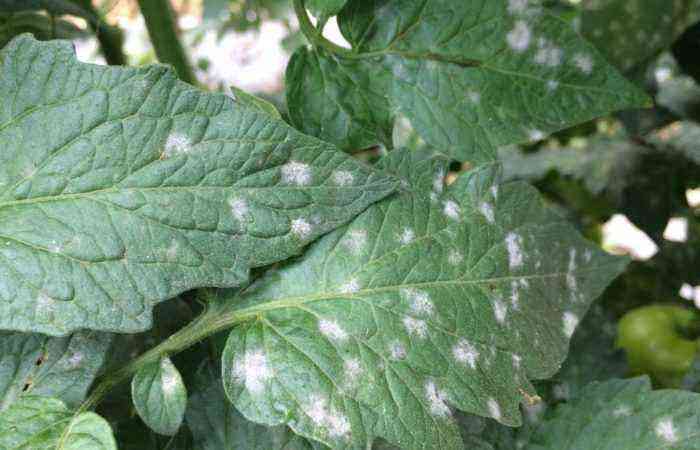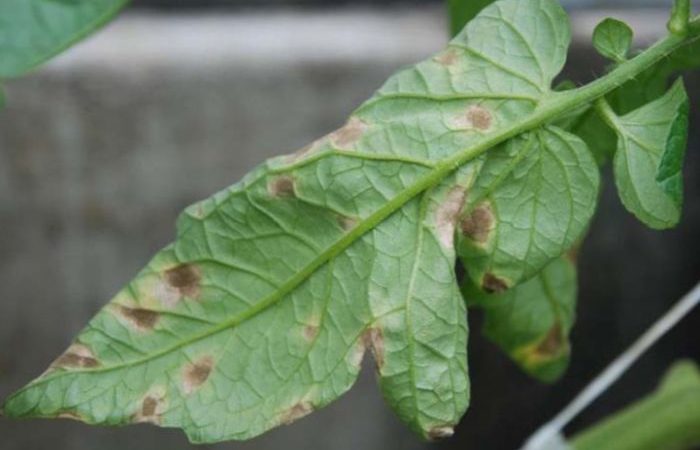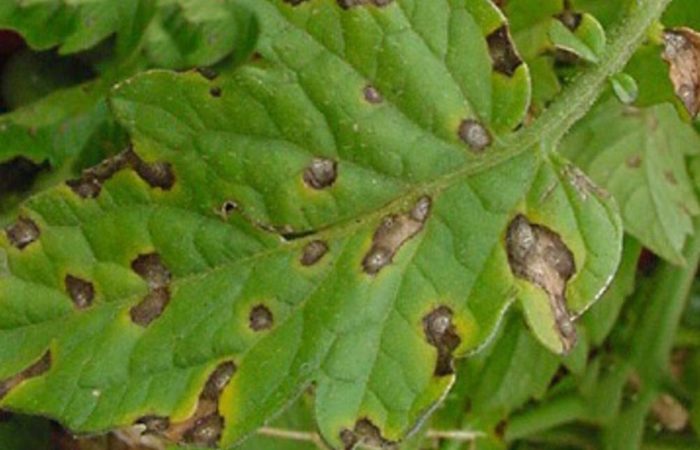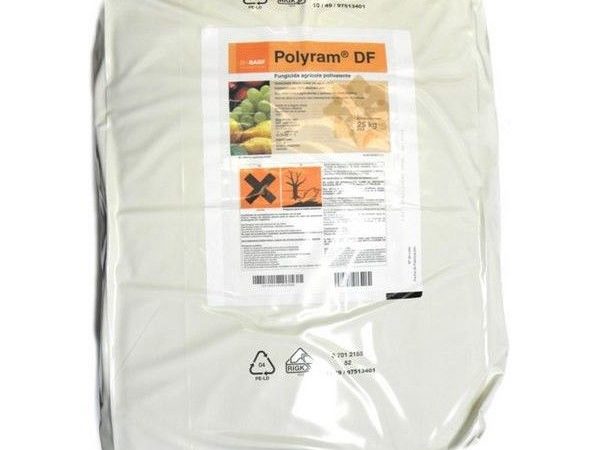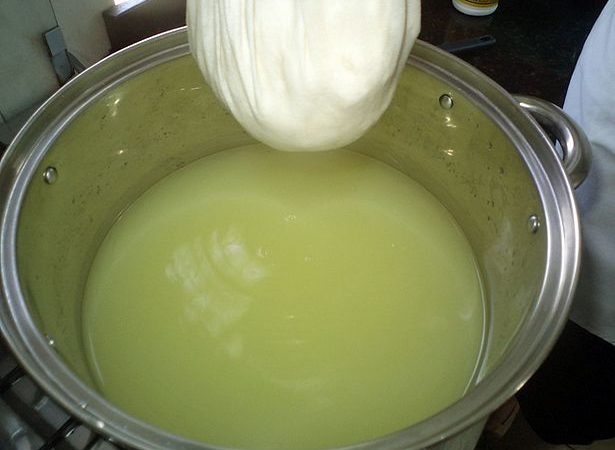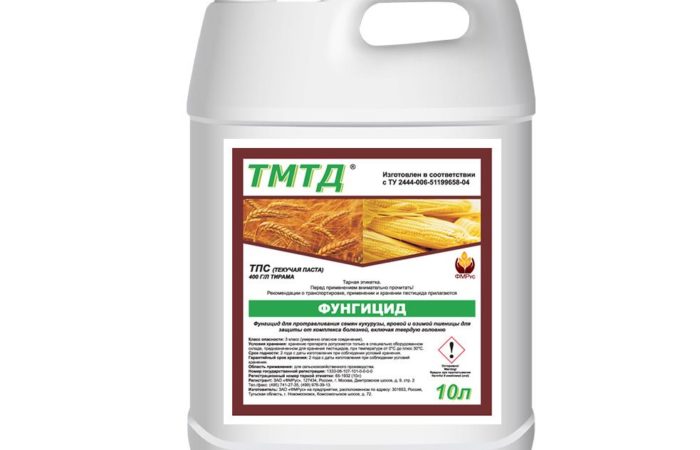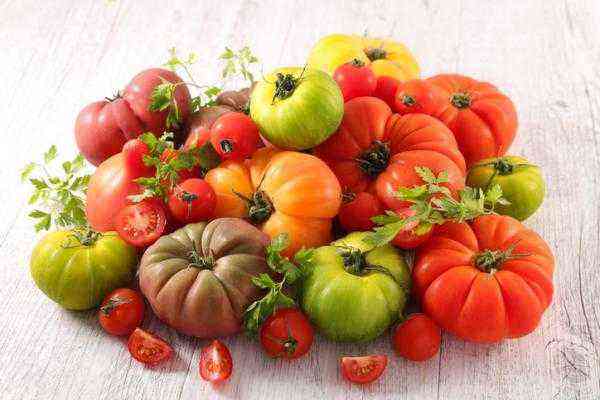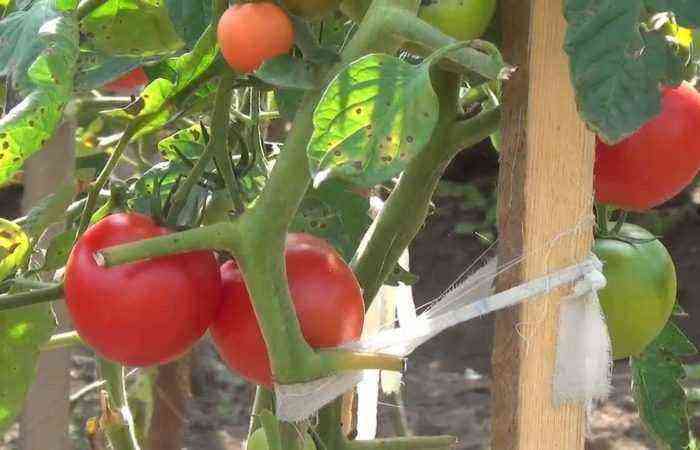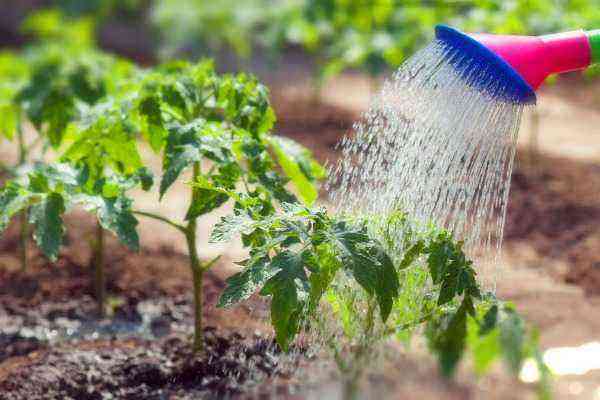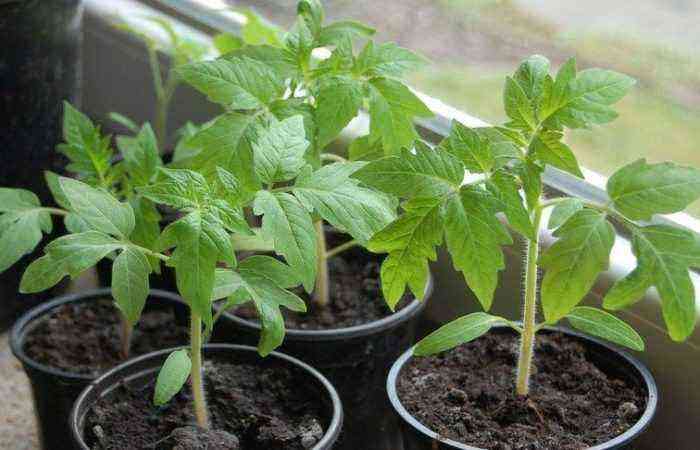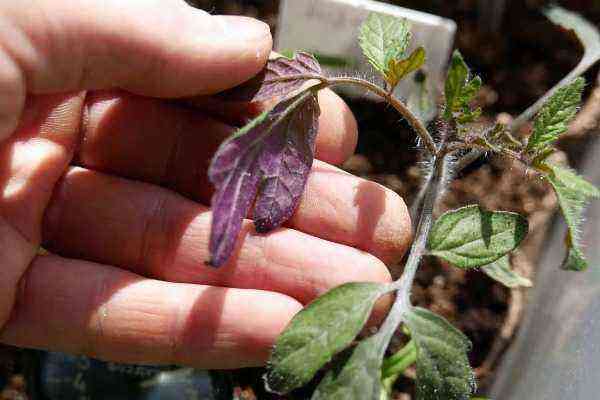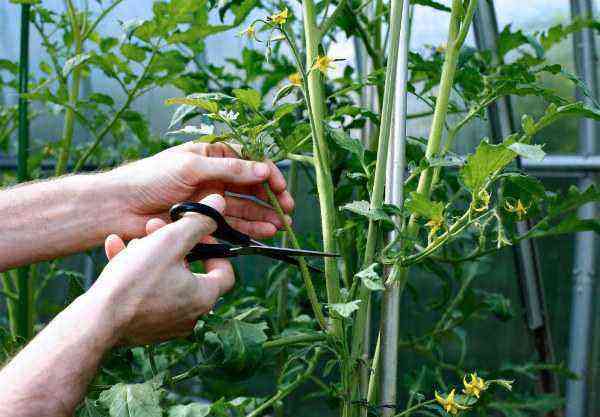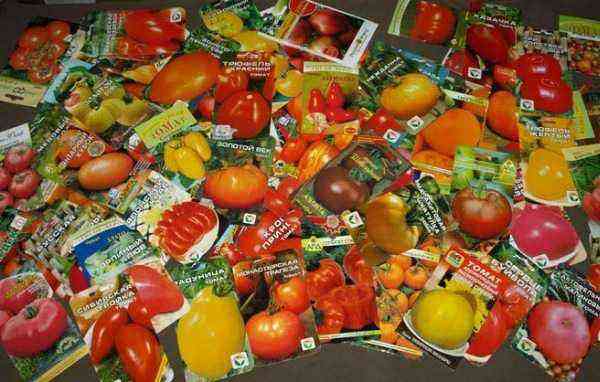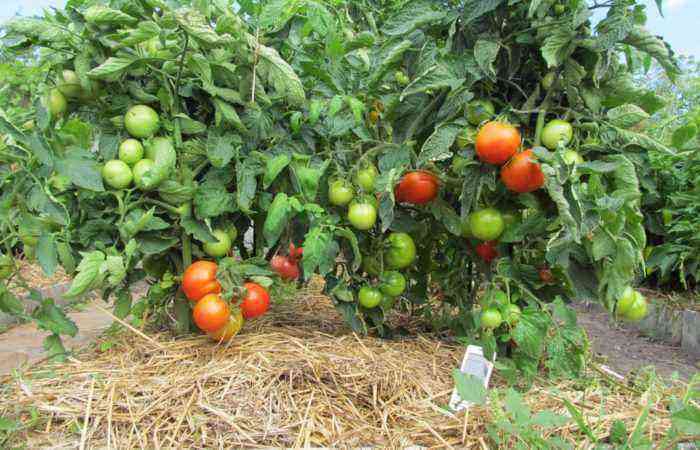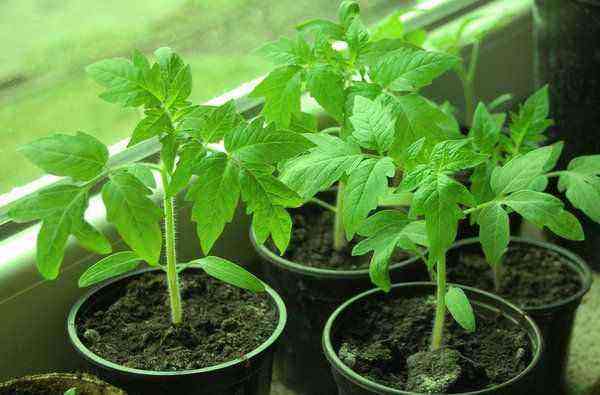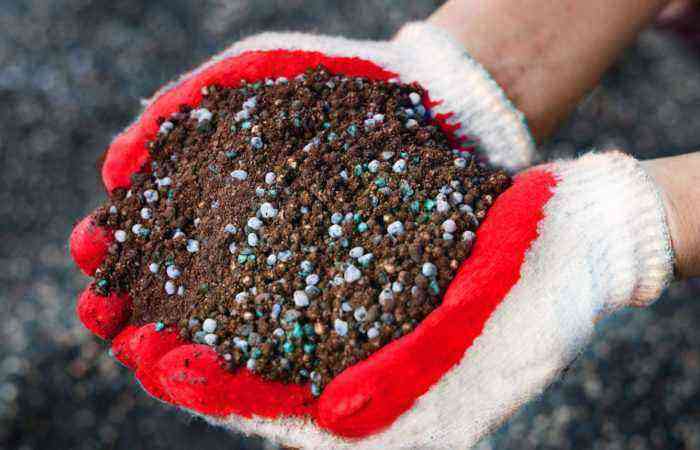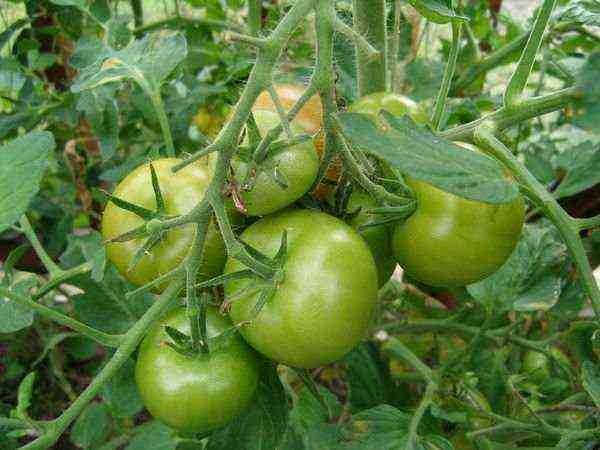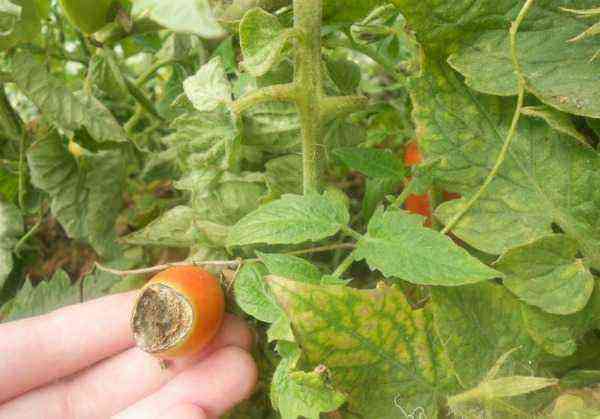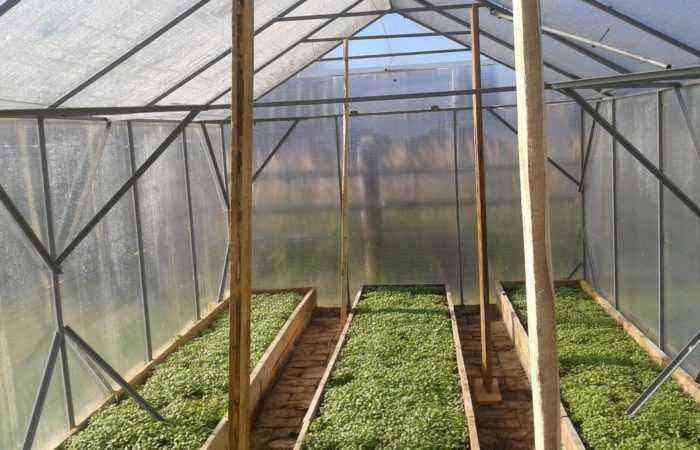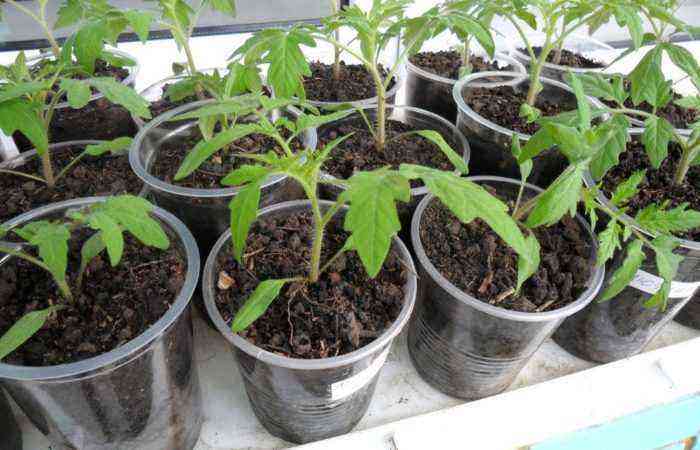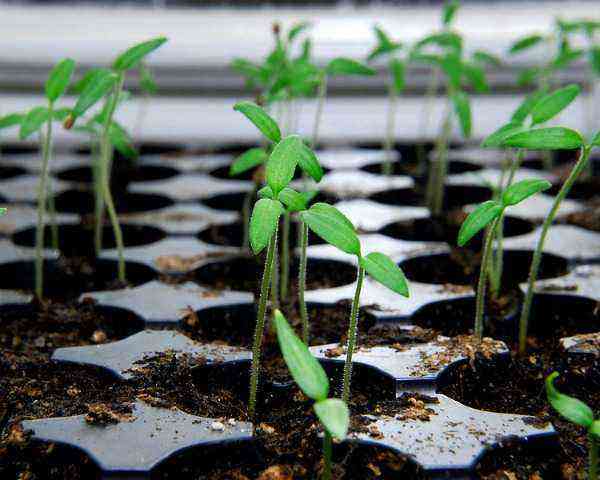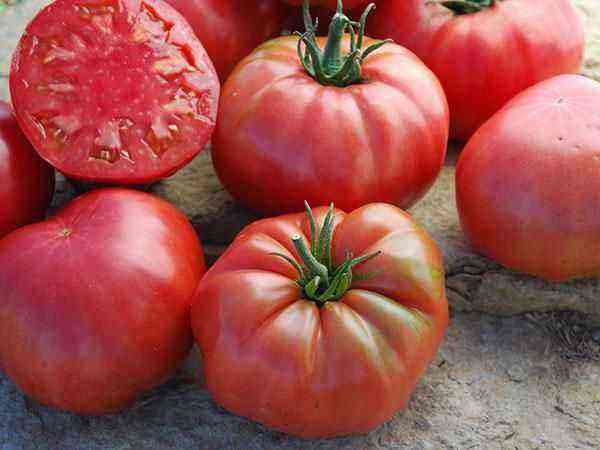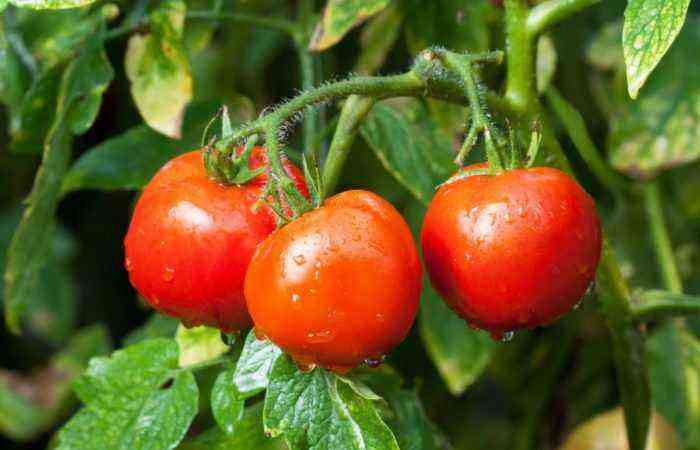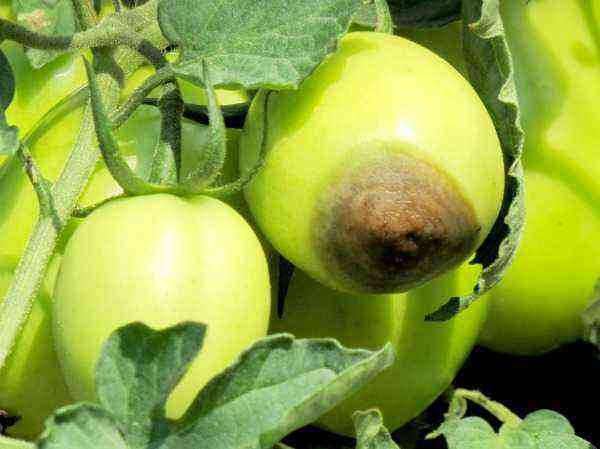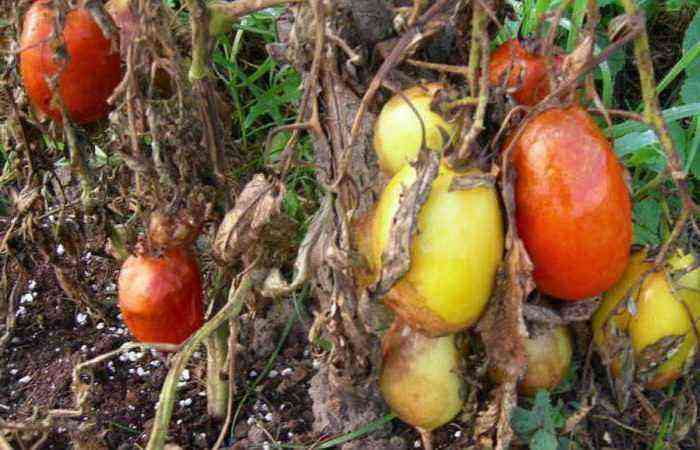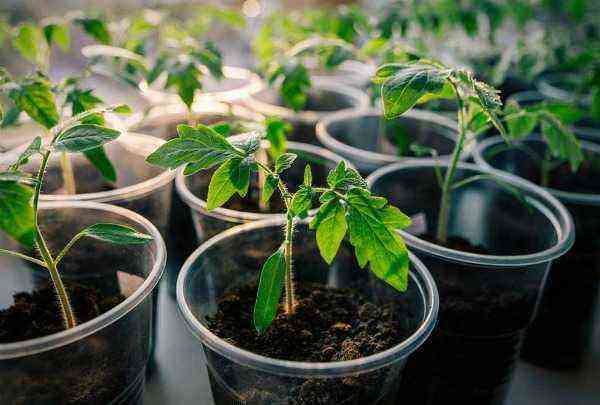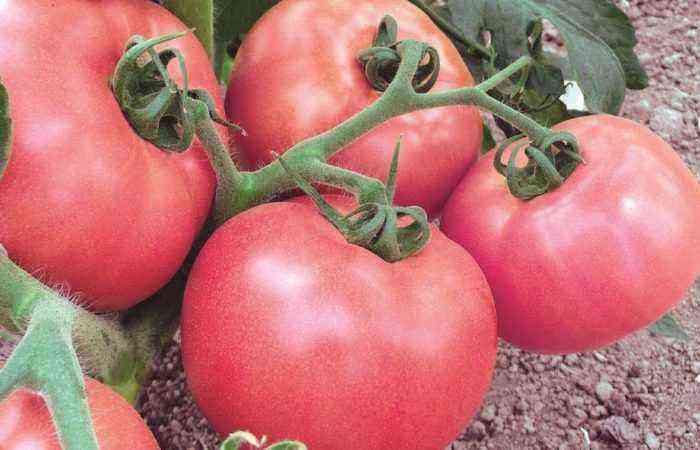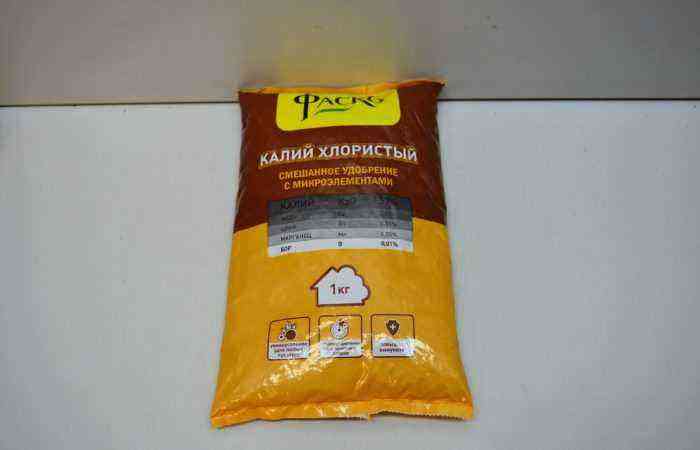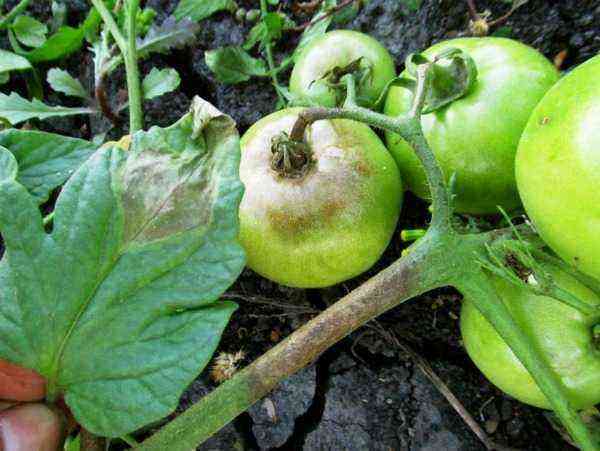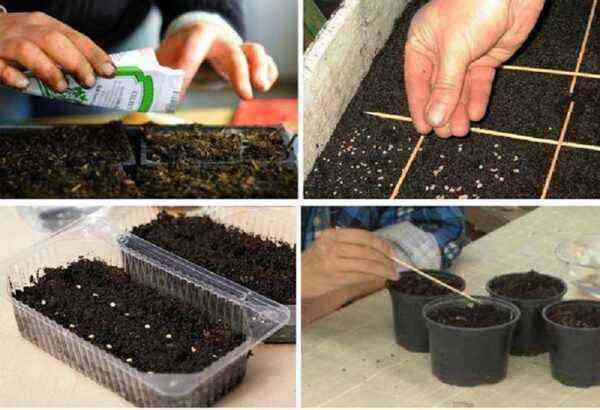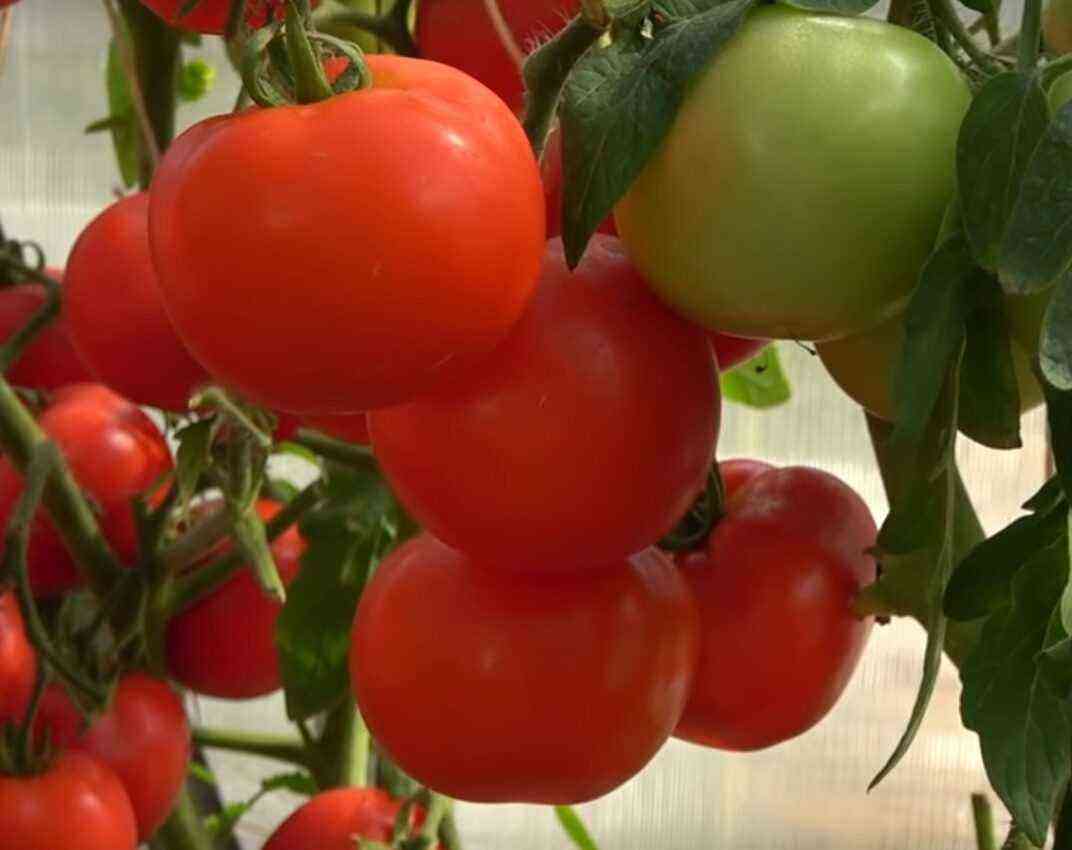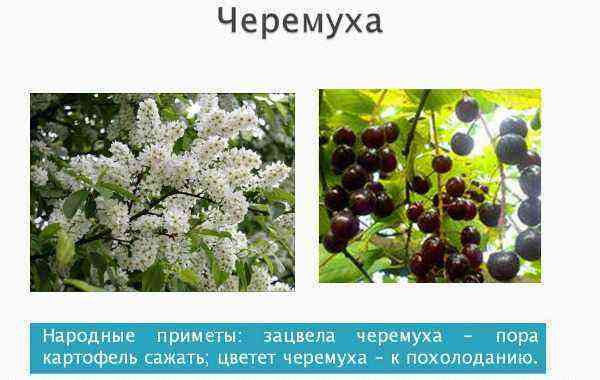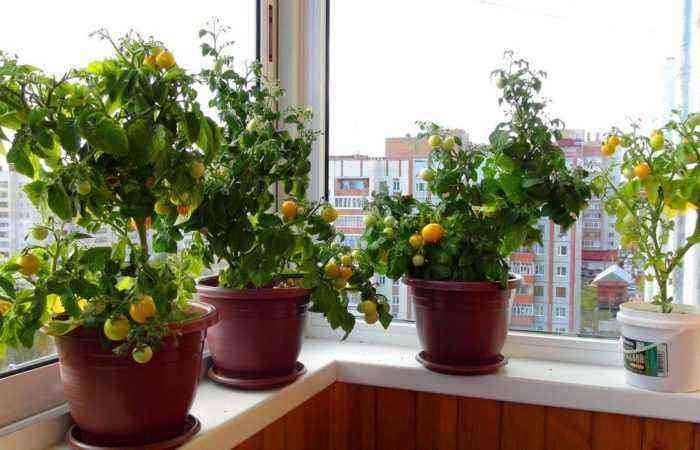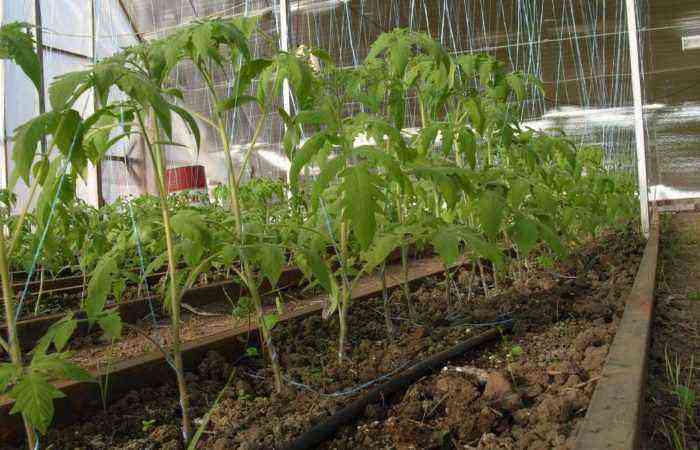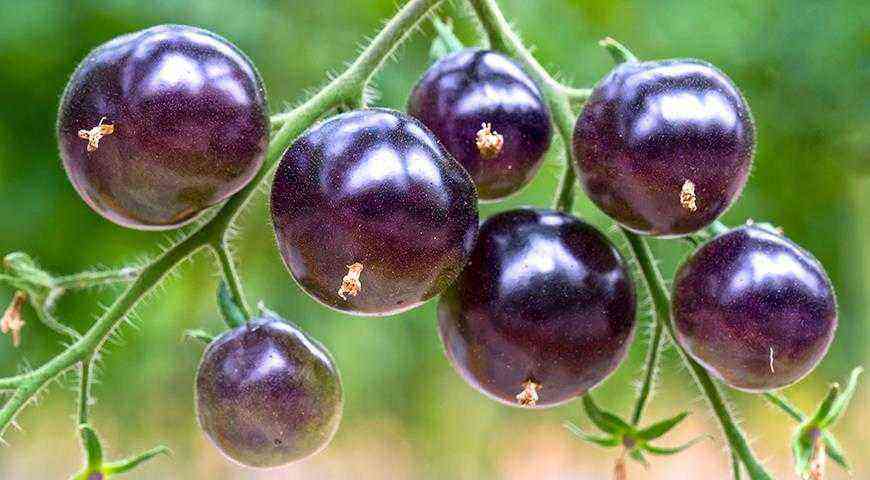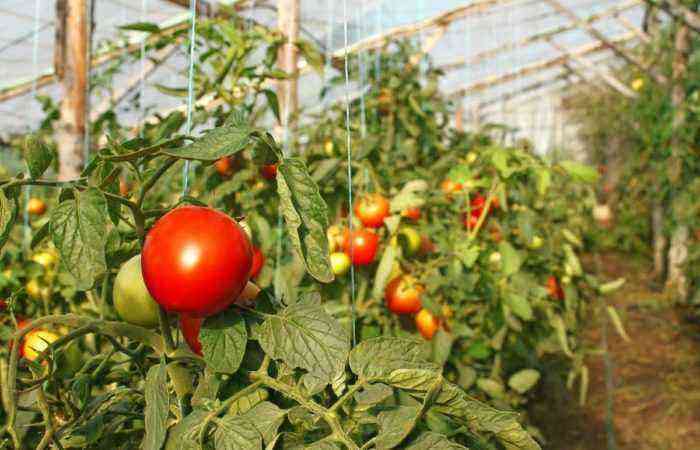Tomato white spot (septoria) is a dangerous and common fungal infection. The disease most often affects outdoor tomatoes in rainy summers and in regions with high air humidity. But with gross violations of the agricultural technology of culture, the attack can appear on seedlings, in greenhouses and hotbeds.
It is impossible to ignore the infection. Septoria reduces the yield of plantings by up to 40% and affects the quality of surviving fruits. The pathogen overwinters on the remains of plants, and in the spring again affects young tomatoes. To prevent this from happening, you need to take the right measures to treat and protect tomatoes.
White leaf spot of tomato: what is this disease?
The causative agent of the disease is the imperfect fungus Septoria lycopersici Speg. The pathogen overwinters on plant debris in the form of dormant pycnidia (fruit body) with pycnospores.
In the spring, after an increase in air temperature and humidity, the fruiting bodies swell and burst. Pycnospores are released into the air.
The spores are carried by wind and raindrops to plants. Their germination in the culture tissue occurs only when the leaf is moistened for 48 hours. Under such conditions, the germ hypha of the fungus penetrates the inside of the leaf through the stomata. The incubation period begins without external signs, which lasts 8-14 days.
Actively developing mycelium releases toxins that kill tomato cells. The leaves first lose turgor, then chlorophyll is destroyed in them and, as a result, the process of photosynthesis is disrupted. The affected areas die off (necrotic).
New pycnidia with pycnospores are formed on dead fragments. At high humidity, they swell, and the spores are squeezed out along with the mucus onto the leaf surface. The pathogen, along with drops of moisture, spreads to leaves located nearby and above. So the mycelium moves from bottom to top, covering all tiers of the plant.
Harmfulness
White spotting is most dangerous with early damage to tomatoes. Premature drying of the leaves retards the growth and development of plants. In this case, the tomato spends most of the nutrients on the formation of new leaf blades.
For this reason, the fruits are formed small and sluggish. Early defeat of tomatoes by septoria reduces the yield by 30-40%.
Favorable conditions
Optimal conditions for the development of septoria: temperature +20 ° – + 25 ° C, relative humidity 77-100%.
The most commonly affected tomatoes are open ground. This is facilitated by: a long period with cloudy days, heavy rains and wind. Capture can occur at any time during the growing season, starting at seedling age. But adult plants are more susceptible to infection. In greenhouses, the disease manifests itself in the form of small foci.
Evidence
After the end of the incubation period, the first symptoms of infection appear. First, the lower leaves are affected, then the middle and upper tiers.
Light brown small spots form on the leaves. Over time, they acquire a dirty white color, and a dark brown border appears along their edges. Later, numerous black dots (pycnidia) can be seen outside.
The spots often coalesce. In this case, large areas of dead tissue appear on the leaves with black dots scattered on the surface.
When the stem is damaged, elongated and elliptical spots are formed, initially dark brown in color. Over time, the affected tissues acquire a light brown color with black dots.
On the border of light spots on the stem, a wide brown border is clearly visible. It decreases over time and becomes very narrow.
Sometimes the infection also affects the green fruits of tomato varieties with a thin skin. They also form spots with black dots.
Diseased leaves curl over time, dry out and die. With high humidity and air temperature, the entire bush dies.
Spread of infection
The primary source of infection is plant debris on the soil surface. When embedding residues to a depth of 10-15 cm, the pathogen dies.
In the future, the infection is transmitted:
- wind and raindrops;
- during watering;
- through the gardener’s hands;
- through inventory;
- at the contact of the bushes;
- insects.
Seed transmission is possible. Other nightshade crops can become sources of infection: physalis, dope, black nightshade and potatoes.
Measures to combat septoria
Treatment of adult plants affected at the beginning of the growing season does not give a good result. Sick tomatoes are recommended to be removed, and the remaining ones and the soil in the garden should be treated with fungicides.
The fruiting of tomatoes with minor lesions of the lower leaves in the middle and end of the season can be extended. To do this, cut off diseased leaves, treating wounds with a 0,5% solution of copper sulfate.
Preparations
To date, there is not a single chemical preparation that is 100% effective against septoria. But there are fungicides that are approved for tomatoes and approved for other fungal diseases. They inhibit the development and spread of septoria.
Before processing in the greenhouse, they reduce humidity and eliminate condensate, and in open ground they are guided by the weather.
Chemicals:
- Thanos 50, c. G.,
- Title 50, c. G.;
- Quadris 250 SC, k.s.;
- Acrobat MC, v. G.;
- Ditan M-45, p. P.;
- Acidan, p. P.;
- Metaxil, s. P.;
- Speed 250 EU, k. e.;
- Ridomil Gold MTs 68 WG, c. G.;
- Polyram DF, v. G.
The dosage of the drug and the consumption rate of the working solution are indicated by the manufacturer in the instructions.
For processing plants, choose morning or evening hours when rain is not predicted. The working solution is prepared immediately before use.
The measured dose of the drug is dissolved in a small amount of water, constantly stirring, poured into the sprayer tank. It is pre-filled halfway with water. Then add water to the full volume of the solution.
Work in closed clothes, gloves and a respirator. When processing tomatoes, it is important to achieve complete wetting of the entire surface of the plant, affecting the surface of the garden.
The effectiveness of treatment is achieved only if the frequency and intervals of treatments recommended by the manufacturer are observed.
Folk remedies
Many gardeners do not want to use chemicals on the site, especially closer to fruiting. Relatively harmless, but less effective folk recipes. The active ingredients in some home remedies are detrimental to fungi, helping to keep them from growing.
Household fungicides:
- Milk whey (reverse, low-fat kefir). In 10 liters of water, dilute 1 liter of serum, 10 drops of iodine and 1 tsp. hydrogen peroxide. For sticking, add 40 g of laundry soap.
- Garlic. 1 glass of vegetable cloves is passed through a press, pour 10 liters of water. They insist and persevere.
- Pharmacy funds. Aqueous solutions of iodine (10 ml/10 l), potassium permanganate (1,5 g/10 l), brilliant green (10 ml/10 l).
- Baking soda. 10 g of soda is dissolved in 200 liters of water.
- Horsetail. A metal bucket (10 l) is ¼ filled with fresh horsetail grass, poured with 3 l of water. Cover with a lid and boil over low heat for 30 minutes. The broth is cooled, filtered, the raw material is squeezed out and diluted in 10 liters of water.
Folk remedies have a short duration. Therefore, the processing of tomatoes is done at intervals of 5-7 days up to 4-5 times.
seedling treatment
Experts believe that it makes no sense to treat seedlings affected by septoria. Even if it is possible to contain the development of infection, seedlings grow weak and prone to disease. Such plants give a very low yield and can become a source of infection in the area.
Therefore, at the first signs of septoria, the plant and soil are destroyed. Before sowing new seedlings, the container is disinfected with a 2% solution of 40% formalin.
The rest of the seedlings are sprayed with Fitosporin M biofungicide. To prepare a solution, 2,5 g of the powder is diluted in 5 liters of water. After 10 days, the treatment is repeated.
But still, some gardeners try to treat seedlings with white spot. For this, the plants are isolated, the soil is shed with an aqueous solution of potassium permanganate (1,5 g / 10 l) and powdered with wood ash.
The culture is sprayed with a 0,1% solution of copper sulfate. When using more concentrated solutions, burns are possible.
Tillage after infection
Even in cases of a single infection of the bushes, the soil is carefully cultivated. Collect and destroy all plant debris along with particles of roots. The earth at the site is dug up as deep as possible, trying to ensure a complete turnover of the reservoir.
For disinfection, chemical or biological preparations are used, and, if possible, they are steamed with boiling water.
Chemicals:
- bleach – 200 g per 1 m² (treated in the fall, the drug is embedded in the soil);
- formalin 40% – 200 ml of the solution is diluted in 10 liters of water and the soil is shed, consumption per 1 m² – 20 liters (covered with a film for 3 days, then removed and the soil is harrowed, applied 15-20 days before planting in the spring);
- copper sulphate – use a 2% solution of copper sulphate, consumption per 1 m² – 10 l (preferably used in the fall or 30 days before planting, no more than 1 time in 4-5 years);
- fungicide TMTD – used in the form of a powder and a solution of a suspension, 1 g of powder is distributed and sealed per 60 m² or 10 liters of a 0,6% solution are spilled.
A less effective way is soil treatment with biological preparations. Its advantage is absolute harmlessness for soil microorganisms and for humans. Preparations: Fitosporin M, Gamair, Alirin, Trichodermin. Biofungicides are used according to the instructions.
Another option that guarantees the destruction of most soil pathogens is spilling it with boiling water. Consumption per 1 m² – 10 liters. The surface of the soil is covered with a dense plastic film, left for one day. After the earth is dug up. The procedure is repeated 3 times.
Prevention of white spotting
Protective measures almost completely exclude tomato septoria. First of all, this is the planting of varieties or hybrids of tomatoes that are resistant to the pathogen. What is especially important in cases of infection on the site in the previous year.
Seeds from dubious sources and domestic tomatoes are disinfected. To do this, they are placed in a fabric bag with a weight and dipped in one of these solutions: 1% potassium permanganate (20 minutes), 2-3% hydrogen peroxide (8-10 minutes). Then dried under the rays of the sun. It is impossible to use the seeds of diseased tomatoes, even after dressing.
Other protective measures:
- cleaning and destruction of plant residues;
- disinfection or complete replacement of the soil;
- disinfection of greenhouses, greenhouse structures;
- control over humidity (avoid the formation of condensate) and air temperature in the greenhouse;
- observance of the optimal space between tomato bushes and other nightshade crops;
- timely pruning of bushes until the foliage closes;
- compliance with crop rotation (you can not plant tomatoes in one place for 3 years);
- disinfection of working tools;
- watering under the root, in order to avoid moisture on the leaves;
- shelter of tomatoes in a long rainy period.
Any disease quickly affects weakened plants. Therefore, from the moment of planting tomatoes, you need to monitor their immunity. Do not forget to feed on time with mineral and organic fertilizers, spray with biostimulants, control the safe threshold of pests, and the condition of the soil.
In greenhouses, sharp changes in day and night temperatures, drafts and constant condensation are dangerous.
Resistant tomato varieties
The gene for resistance to septoria is indicated by the symbol “Se” and appears only as a partially dominant trait. Therefore, there are no varieties and hybrids completely resistant to white spotting.
Tolerant zoned tomatoes can be affected only with a strong infectious load in combination with favorable conditions.
Varieties and hybrids (F1):
- Shasta;
- Khoriv;
- Ballad;
- Beryl F1;
- Joker;
- Decent F1;
- Divo F1;
- Mondial;
- dressed;
- Copper;
- Platus F1;
- Golden Fleece F1;
- Beryl F1.
Infection on relatively resistant tomatoes is manifested by smaller spots, and black dots (pycnidia) form very rarely.
Septoria is less common than phytophthora. But for this type of infection, there are no approved recommendations for treatment and individual drugs. This complicates the problem.
Therefore, even if the infection did not appear on the site, it is important to observe all protective measures annually. At the same time, special attention is paid to the main source of the disease – plant residues.
